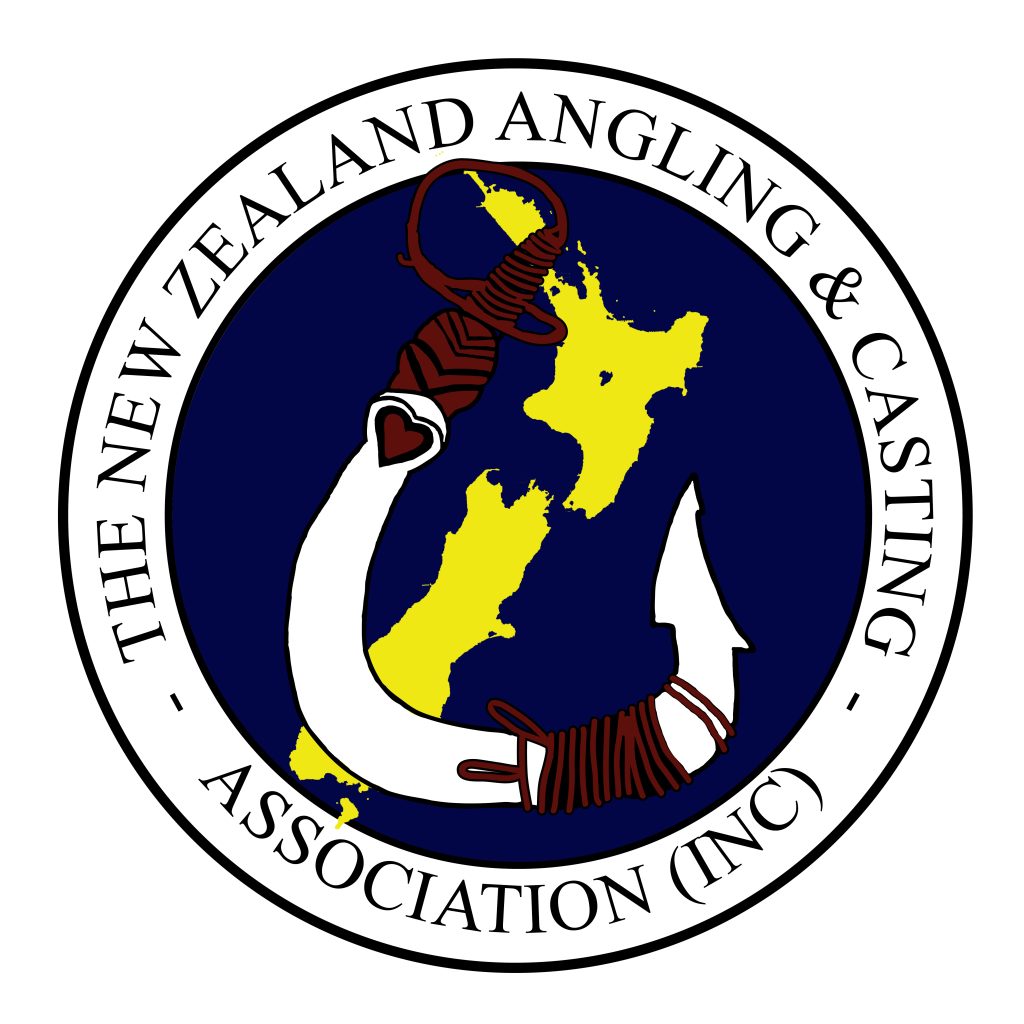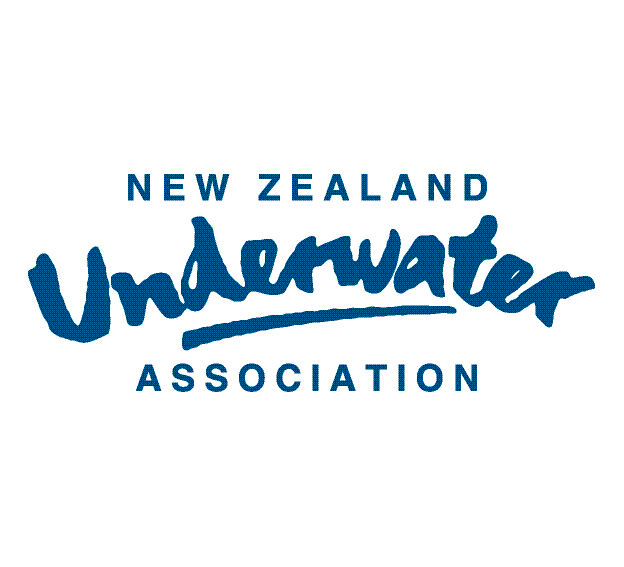- Fisheries Management in New Zealand
- Species
- Customary
- Aotea Great Barrier Temporary Closure 2023
- Astrolabe Reef s186A closure 2016
- Coromandel East temporary closure 2021
- Coromandel East temporary closure 2024
- Hauraki Gulf temporary closures 2024
- Kauaetangohia Mātaitai
- Maunganui Bay temporary closure
- Napier Reef temporary closure 2025
- Napier Reef temporary closure 2023
- Ōhiwa Harbour temporary closure 2024
- Ōmāui Mātaitai 2019-20
- Ruapuke Island Mātaitai 2024
- Taranaki temporary closure 2024
- Taranaki temporary closure 2022
- Tautuku Mātaitai 2019-21
- Te Māta temporary closure
- Tutukaka – Ngunguru temporary closure 2023
- Umupuia temporary closure
- Waiheke temporary closure 2021-24
- Waimārama temporary closure 2024
- Waimārama temporary closure 2020 -22
- Whale Island mātaitai 2024
- Whangaroa temporary closure 2021
- Fisheries policy & reform
- Fisheries plans
- Legislation and reviews
- Regulatory reviews
- Aggregation limits application 2024
- Aggregation excess limits EMA KAH 2020
- Crayfish Aggregation limit exemption 2016
- Deemed value review 2016
- Deemed value review 2021
- Deemed value review 2022
- Finfish bag limits review 2021
- Fiordland amateur regulations review 2022
- Papamoa Beach bylaw review 2018
- Seabird mitigation measures 2023
- Technical change proposals 2022
- Submissions by year
- North & South Islands submissions
- 2025 Submissions
- 2024 Submissions
- Aggregation limits application 2024
- Blue cod Marlborough Sounds review 2024
- Coromandel East temporary closure 2024
- Crayfish 1 management review 2024
- Crayfish 3 TAC review 2024
- Crayfish 7 and 8 review 2024
- Exception review for predated HMS 2024
- Extend coastal permits bill 2024
- Fast Track Approvals Bill 2024
- Hauraki Gulf temporary closures 2024
- Jack mackerel pilchard kingfish review 2024
- Kaikōura Pāua 3A TAC review 2024
- Kaikōura pāua reopening 2024
- Kina 1 review 2024
- Kina 3 TAC review 2024
- Kingfish 3 TAC review 2024
- Ōhiwa Harbour temporary closure 2024
- Pacific bluefin landing review 2024
- Ruapuke Island Mātaitai 2024
- Snapper flatfish elephantfish 7 review 2024
- Snapper Rig John dory 2 review 2024
- Snapper 8 TAC review 2024
- Southern bluefin landing review 2024
- Southern bluefin TAC review 2024
- Taranaki temporary closure 2024
- Waikato Regional Coastal Plan 2022-25
- Waimārama temporary closure 2024
- Whale Island mātaitai 2024
- 2023 submissions
- Aotea Great Barrier Temporary Closure 2023
- Coromandel scallop closure review 2023
- Crayfish 1 TAC review 2023
- Deemed values review SNA 2023
- Gurnard 3 TAC review 2023
- Industry Transformation Plan 2023
- Hauraki Gulf Fisheries Plan 2023
- Hauraki Gulf trawl corridors 2023-25
- Kina 1 TAC review 2023
- Kina dredging Tory Channel review 2023
- Marine Protection Bill 2023–25
- Napier Reef temporary closure 2023
- Pāua 2 Fisheries Plan 2023-24
- Pāua 2 TAC review 2023
- Red cod land-all catch review 2023
- Seabed mining inquiry 2023
- Seabird mitigation measures 2023
- Trevally 2 TAC review 2023
- Tutukaka – Ngunguru temporary closure 2023
- Waikato Regional Coastal Plan 2022-25
- 2022 submissions
- Blue cod 7 TAC review 2022
- Crayfish 1, 7 & 8 TAC review 2022
- Deemed value review 2022
- Fiordland amateur regulations review 2022
- Fisheries Amendment Bill 2022
- FMA 7 TAC review 2022
- Gurnard 3 TAC review 2022
- Habitats of significance 2022
- Hākaimangō-Matiatia (Northwest Waiheke) Marine Reserve
- Hāpuku Bass 7 & 8 TAC Review 2022/23
- Hauraki Gulf Marine Protected Areas 2022
- Kaikōura pāua reopening 2022
- Maunganui Bay temporary closure
- Northland area closure proposals 2022
- Pāua 5 Draft Fisheries Plan
- Rig 3 TAC review 2022
- Northland & Coromandel Scallop TAC Review 2022
- Tarakihi east coast TAC review 2022
- Taranaki temporary closure 2022
- Technical change proposals 2022
- Te Māta closure application
- Waikato Region Coastal Plan 2022
- Waimārama temporary closure 2020 -22
- Umupuia temporary closure 2008-2024
- 2021 submissions
- Blue cod 3 TAC review 2021
- Cameras on boats 2021
- Clive River dredging 2021
- Coromandel East temporary closure 2021
- Crayfish 1, 3, 4, 5 & Packhorse TAC review 2021
- Elephant fish 7 TAC review 2021
- Finfish bag limits review 2021
- Flatfish 2 TAC review 2021
- Gurnard 1 TAC review 2021
- Hāpuku-Bass 1 & 2 TAC review 2021
- Kaikōura pāua fishery reopening 2021
- Kingfish 8 Deemed value review 2021
- Snapper 8 TAC review 2021
- Southern bluefin tuna TAC review 2021
- Tarakihi east coast TAC review 2021
- Waiheke temporary closure 2021-24
- Whangaroa temporary closure 2021
- Yellow-eyed mullet 9 TAC review 2021
- 2020 submissions
- Aggregation limits kahawai, jack mackerel 2020
- Blue cod 5 TAC review 2020
- Crayfish 1, 3, 4, 7 & 8 TAC review 2020
- Crayfish ACE carry forward 2020
- Gurnard 7 TAC review 2020
- Kingfish 2, 3, 7 & 8 TAC review. July 2020
- Maunganui Bay temporary closure
- National Finfish Fisheries Plan 2019-20
- National Rock Lobster Management Group review 2020
- Northland scallop TAC review 2020
- Pāua 3 subdivision 2020
- Pōrae 1 TAC review 2020
- Sea Change Marine Spatial Plan 2014-21
- Snapper 7 TAC review 2020
- South Island trawl species review 2020
- Tautuku Mātaitai application 2019-21
- Waimārama temporary closure 2020 -22
- 2019 submissions
- 2018 Submissions
- 2017 Submissions
- 2016 Submissions
- Astrolabe Reef closure application
- Bluenose management review
- Coromandel Scallops
- Crayfish 3 Gisborne
- Crayfish management 2016
- Deemed values 2016
- Jack mackerel 3 management review
- John dory 7 management review
- Paua 7 South Island
- Quota aggregation limits exemption
- Scallops (SCA7) management 2
- Seabed mining Taranaki 2016
- Snapper 7 management review
- Surf Clam 7 review 2016
- 2015 Submissions
- 2014 Submissions
- 2013 Submissions
- 2012 Submissions
- 2011 Submissions
- 2010 Submissions
- 2009 Submissions
- 2008 Submissions
- 2007 Submissions
- Regional issues
- Aquaculture
- Bay of Plenty
- Hauraki Gulf
- Coromandel East temporary closure 2021
- Hākaimangō-Matiatia (Northwest Waiheke) Marine Reserve 2022
- Hauraki Gulf Fisheries Plan 2023
- Hauraki Gulf Marine Protected Areas 2022
- Hauraki Gulf trawl corridors 2023-25
- Marine Protection Bill 2023–25
- Ponui mussel farm proposal
- Sea Change Marine Spatial Plan 2014-21
- Te Māta temporary closure
- Umupuia temporary closure 2008-2024
- Coromandel scallop closure review 2023
- Waiheke temporary closure 2021-24
- Waikato Region Coastal Plan 2022
- Waikato Regional Coastal Plan 2022-25
- Marlborough and Tasman
- Northland
- Southland and Otago
- Marine protection
- RMA
- Research and reports
- Document Index
- Document Search
Fisheries
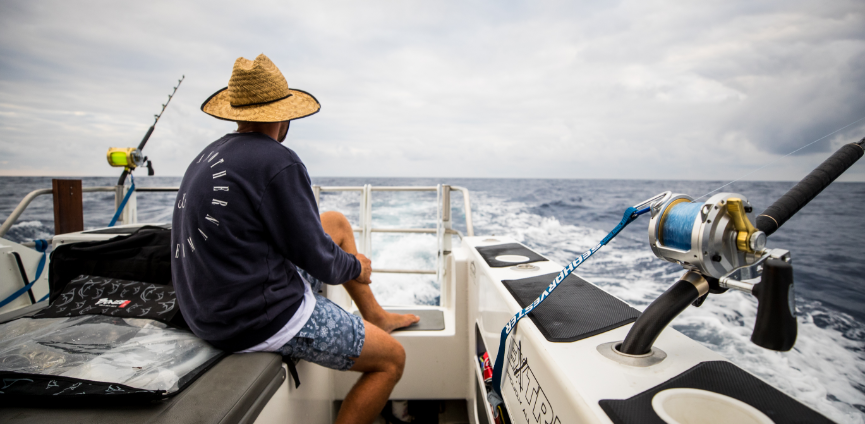
The New Zealand Sport Fishing Council (NZSFC) is a recognised National Sports Organisation (NSO) with over 37,000 affiliated members from 50 clubs nationwide. This makes us the largest representative organisation specifically advocating for recreational fishing interests in Aotearoa.
Our affiliated members have an interest in abundant coastal fisheries and a healthy marine environment. What’s more, the public are increasingly aware that our inshore fisheries are depleted and need to be restored to abundance.
Pathway to success
The Council has initiated LegaSea to generate widespread public awareness and support for the need to restore abundance in our inshore marine environment. Also to broaden NZSFC’s involvement in marine management advocacy, research, education and alignment with other organisations, on behalf of our member clubs, affiliated club members and LegaSea supporters.
Since 2012 LegaSea has successfully campaigned on behalf of the NZSFC on a range of issues including changes to commercial catch limits for multiple species, generated support for mana whenua in implementing customary Māori management tools, and developed tools to enable people to have a say on issues that are important to current and future generations of fishers.
Collaborative pathway
Over time we have built strong relationships with organisations, representatives and individuals who share the vision of more fish in the water and a fair go for Kiwis.
Most often we collaborate on submissions in response to management proposals, to develop new policies and strategies, commission research and participate in the Fisheries New Zealand science and working group processes.
For the majority of submissions we collaborate with the New Zealand Angling & Casting Association and the New Zealand Underwater Association.
Together, we are the largest group representing non-commercial marine fishing and environmental interests in New Zealand.
We are committed to ensuring that sustainability measures and environmental management controls are designed and implemented to achieve the Purpose and Principles of the Fisheries Act 1996, including “maintaining the potential of fisheries resources to meet the reasonably foreseeable needs of future generations….” [Fisheries Act s8(2)(a)].
Pathway to abundance – Rescue Fish Ika Ruaora
Milton Friedman, author, captures the essence in this quote –
“Only a crisis – actual or perceived – produces real change. When that crisis occurs, the actions that are taken depend on the ideas that are lying around. That, I believe, is our basic function: to develop alternatives to existing policies, to keep them alive and available until the politically impossible becomes the politically inevitable.”
Our fisheries are in crisis. The Quota Management System (QMS) was established in 1986 on the basis that issuing rights to a public resource would make commercial fishing more profitable, and enable severely depleted inshore fish populations to rebuild.
In reality, the public is still subsidising an industry that is depleting our common pool resources. After 39 years of the QMS many stocks still languish below the level that can provide good yields while maintaining resilient marine ecosystems.
The NZSC has recognised the enormity of the task of restoring inshore fish abundance and biodiversity. Despite the roadblocks, the NZSFC has taken on the challenge to find a workable solution for the future management of our fish stocks.
Our bold solution is called Rescue Fish Ika Rauora.
Rescue Fish is a policy offering an alternative to our failing Quota Management System. The Rescue Fish policy was presented to government officials, and commercial and Māori fishing interests in 2020. The policy presents a holistic solution to address depleted fish stocks and biodiversity loss.
The reforms prioritise food security and developing small-scale artisanal commercial fishing to boost Māori and regional economies, and contribute to the wellbeing of all New Zealanders.
As our marine environment continues to decline the need for reform will become more obvious, and inevitable.
Over a million dollars has been invested in developing and holding alive the Rescue Fish Ika Rauora policy, as it is the only workable solution that will deliver more fish in the water and a fair go for Kiwis.
Record of process
Marine fisheries management and environmental protection issues are complex. To help Council members and the public achieve a better level of understanding and awareness, the NZSFC maintains this record of process. While we make every effort to ensure completeness, often documents are not available until years after the process has been completed. As documents are made available they will be added to this record.
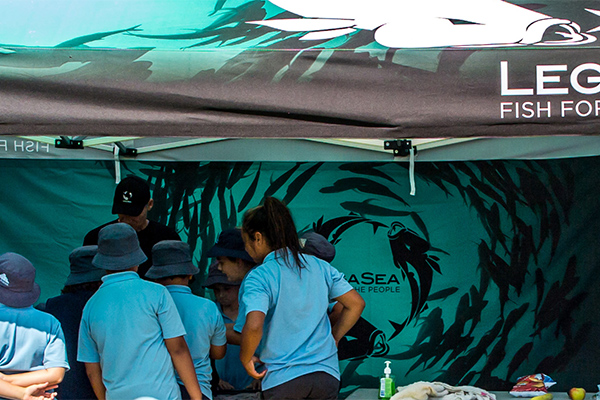
LegaSea updates
Every month LegaSea produces a range of material designed to throw light on complex issues, fisheries management processes, and matters that are not generally well understood in the public arena. These LegaSea Updates break down these complex matters into simple language. The Updates cover different aspects of submissions and they provide support material for campaigns. Updates are shared online, digitally and printed in a range of media outlets.
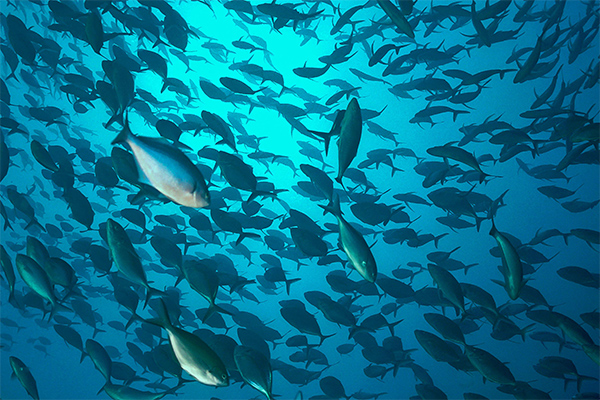
Management policies
In an effort to be more proactive in the management of our fisheries, the New Zealand Sport Fishing Council has made a commitment to developing and promoting fisheries and resource management policy and principles that seek to achieve ‘more fish in the water’. The Council is actively working with its member clubs to deliver policy relevant to their region.
In 2024, the Council committed to a project to update existing policies and create new policies to be presented for discussion at the 2025, and potentially the 2026, AGM.
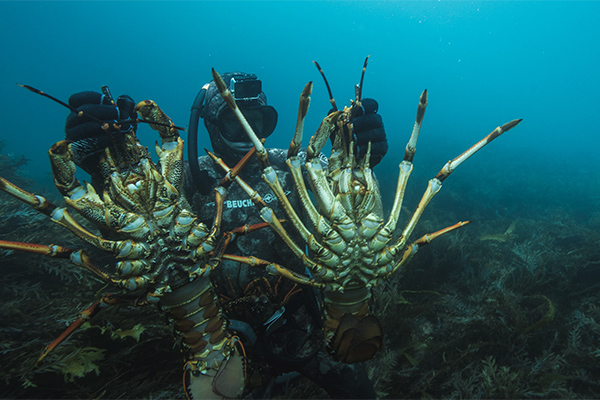
Submissions
The New Zealand Sport Fishing Council devotes substantial resources responding to a variety of fisheries management proposals, developing policies, and finding workable solutions to the problems arising due to mismanagement and a degraded inshore marine environment.
The Council has an experienced fisheries management, science, policy and legal team who work with interest groups around the country to produce submissions in response to a range of proposals relating to fisheries management, environmental productivity, seabed mining and stock specific papers.
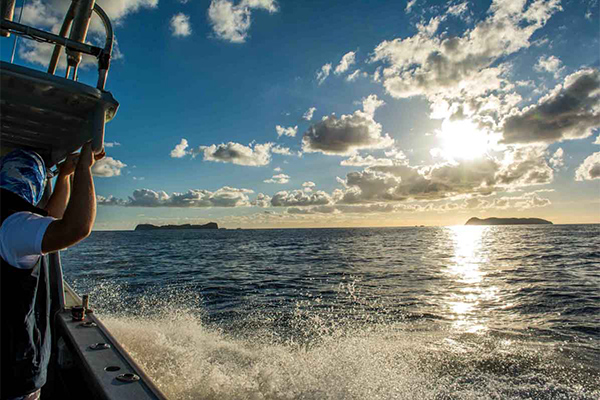
Fisheries Management Annual Reports
Since 2010 the New Zealand Sport Fishing Council’s Fisheries Management team has produced an Annual Report summarising its activities for the year. These are worth reading to see where the money is spent and details of completed projects and those still underway.
The Fisheries Management budget is limited, this means there are many issues that are not addressed due to the need to stay focussed on realistic goals and outcomes.
As more funds become available our team will have the resources to do more, to raise public awareness, to create more tools, and effect real change.
